Housing justice/housing futures Day 1 - Rituals and Story circles
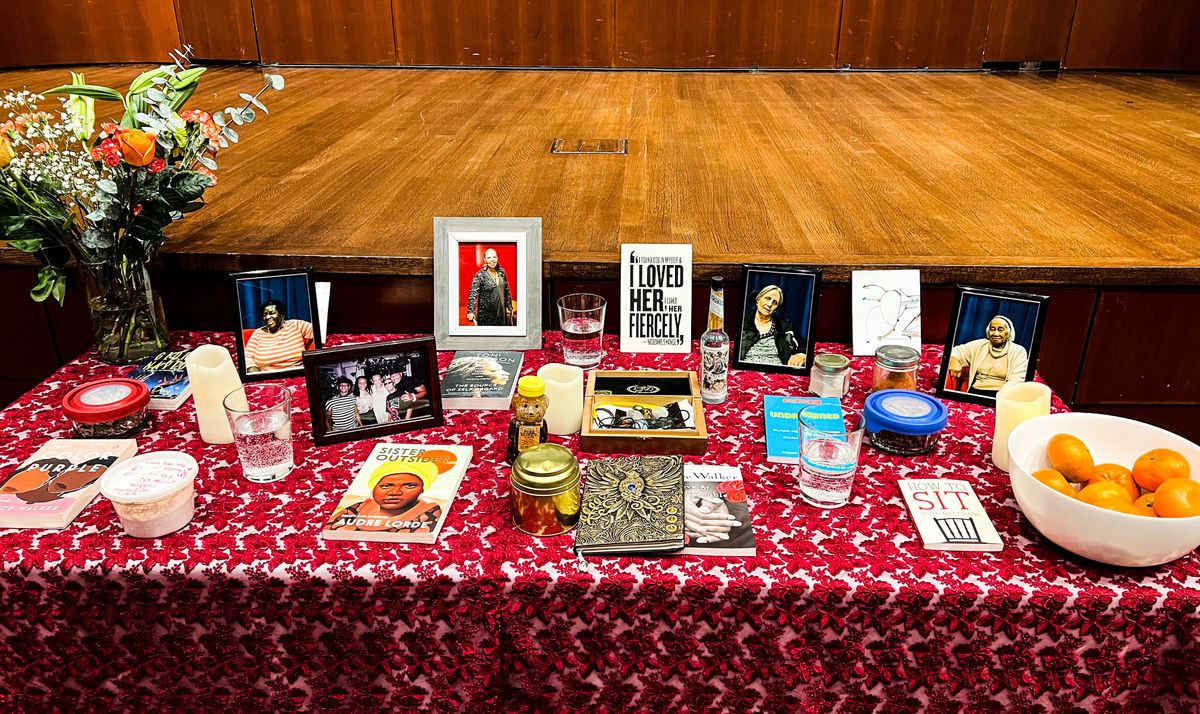
This weekend, I went to Housing Justice/Housing futures BCRW's 48th annual Scholar and Feminist Conference hosted by BCRW. I'm not even sure where to begin as this is my first moment back to the steps of collegiate learning or more in-person activism in community.
How did I even get to signing up for this event in the first place? This topic all spun from my discussion with Kyle D'Souza, who shared his idea on a two-price system model. We had discussed the idea of owning property or more importantly the right to have shelter. He asked me, "Shouldn't it be a right to live somewhere?" I blinked not knowing how to respond to him as I've never questioned the system at play. Having lived in New York my whole life, I've always thought that I was supposed to work for many years just to get place to live in New York because that's how it's done. Only the people who could afford to live in New York would have the chance to stay and live in a place they can call home. And so, I don't know, are we humans, supposed to have a place to live on Earth?
The Ritual Purple by SLM Dances
In this conference, the Friday night opens up with a Ritual dance 'Purple' led by Sydnie L. Mosley Dances, a New York City-based dance-theater collective that works in communities to organize for gender and racial justice through experiential dance performance. As I step into the Event Oval, I'm met with various folks called at the beckoning those who have been gifted remnants at the start of the ritual.
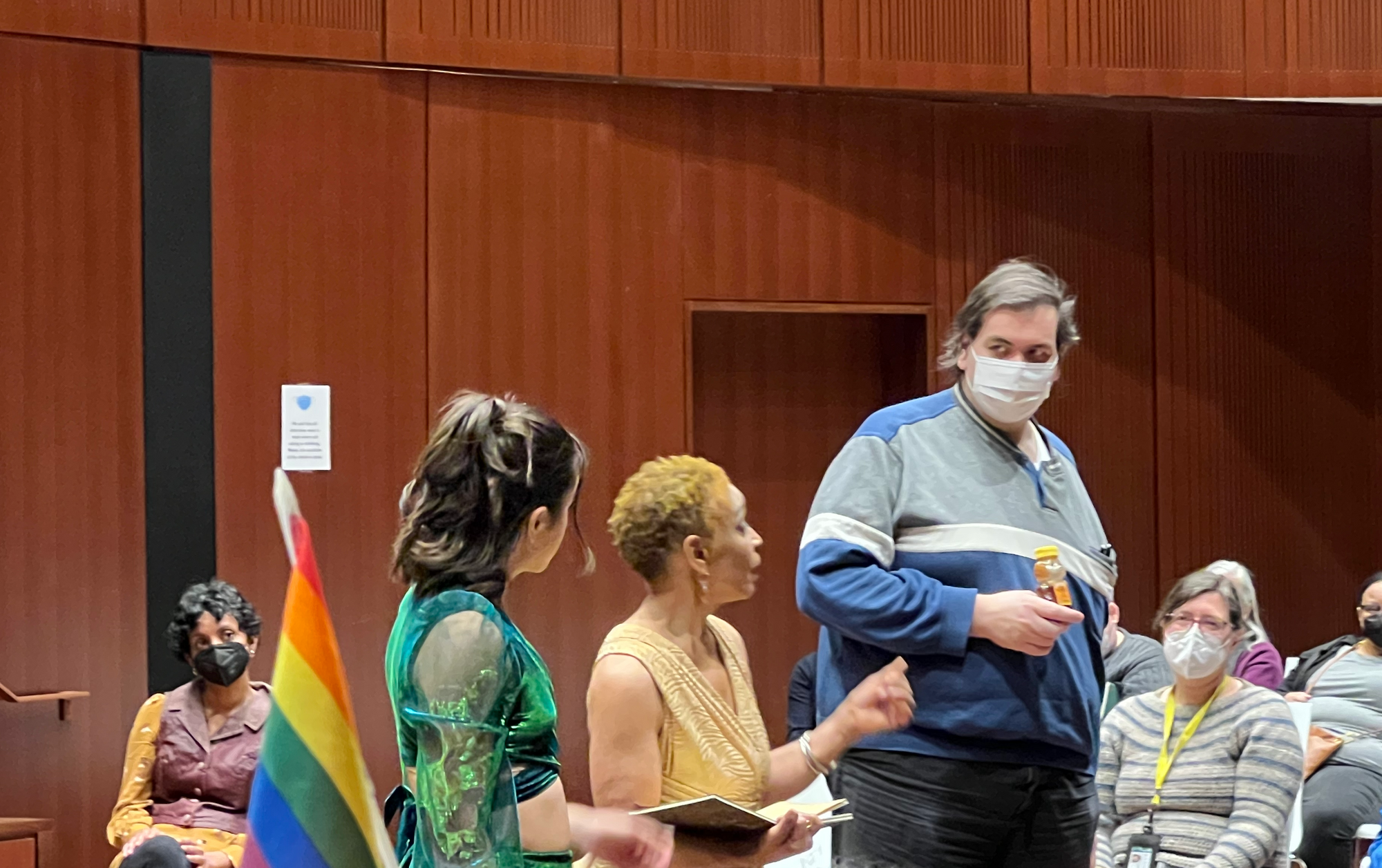
Many folks were called up to the center with artifacts from ancestors such as candles–that which light our way, books–that stimulate our minds for learning and understanding, oranges–fruits that bear our soul and feed our bodies, photos–that which store our memories and that those who come before us, cards–gifts from our loved ones who remind us of their soul, presence, and being, tumeric–herbs that feed our body and come from the earth, and more. Each artifact was married with a dance movement to interpret the gift's notion.
Throughout the dance performance, we were all motioned to practice our breathe to experience the ancestrial blessings before us.
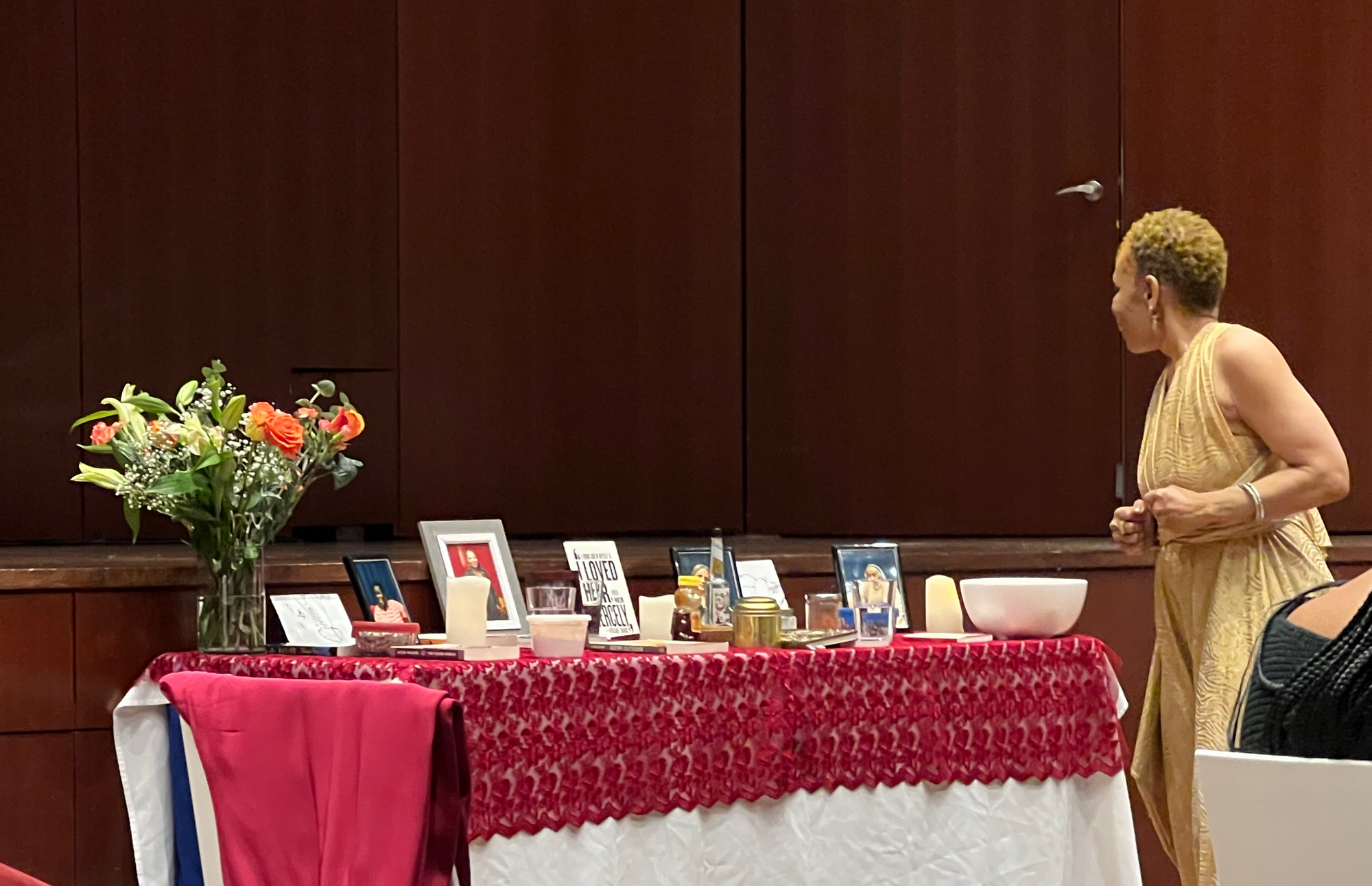

The audience danced with the dancers practice all the movements dedicating to the air, fruits, water, cinnamon, books, knowledge, and all remnants of our graced and sacred earth. The energy was real as we're driven to feel and join in the matrimony of our past blessings to where we are today. We're all dancing together to rejoice in radical joy in public housing, opening us all in sharing and learning of the housing communities in need of more and how we can uplift ourselves as we discover more and more.
This performance was inspired by Alice Walker's Purple, documenting the traumas and triumph of Celie, an African American teenager in Georgia, as she pours her soul into honest letters to God. The SLM Dances and dancers "dedicated this practice to help us all what bring joy, feel like the miracle of hope, feel honored, and strengthen our energy to create."
Every movement empowered us to join in and take part in listening to our elders, ancestors, and opened us all up to connect with each other and share our stories. We were also vitalized to discuss what really matters at hand: connecting multi-generations to celebrate each other's embrace, invest in each other, and listen to the voices of our community members regardless of our race, gender, identity or place.
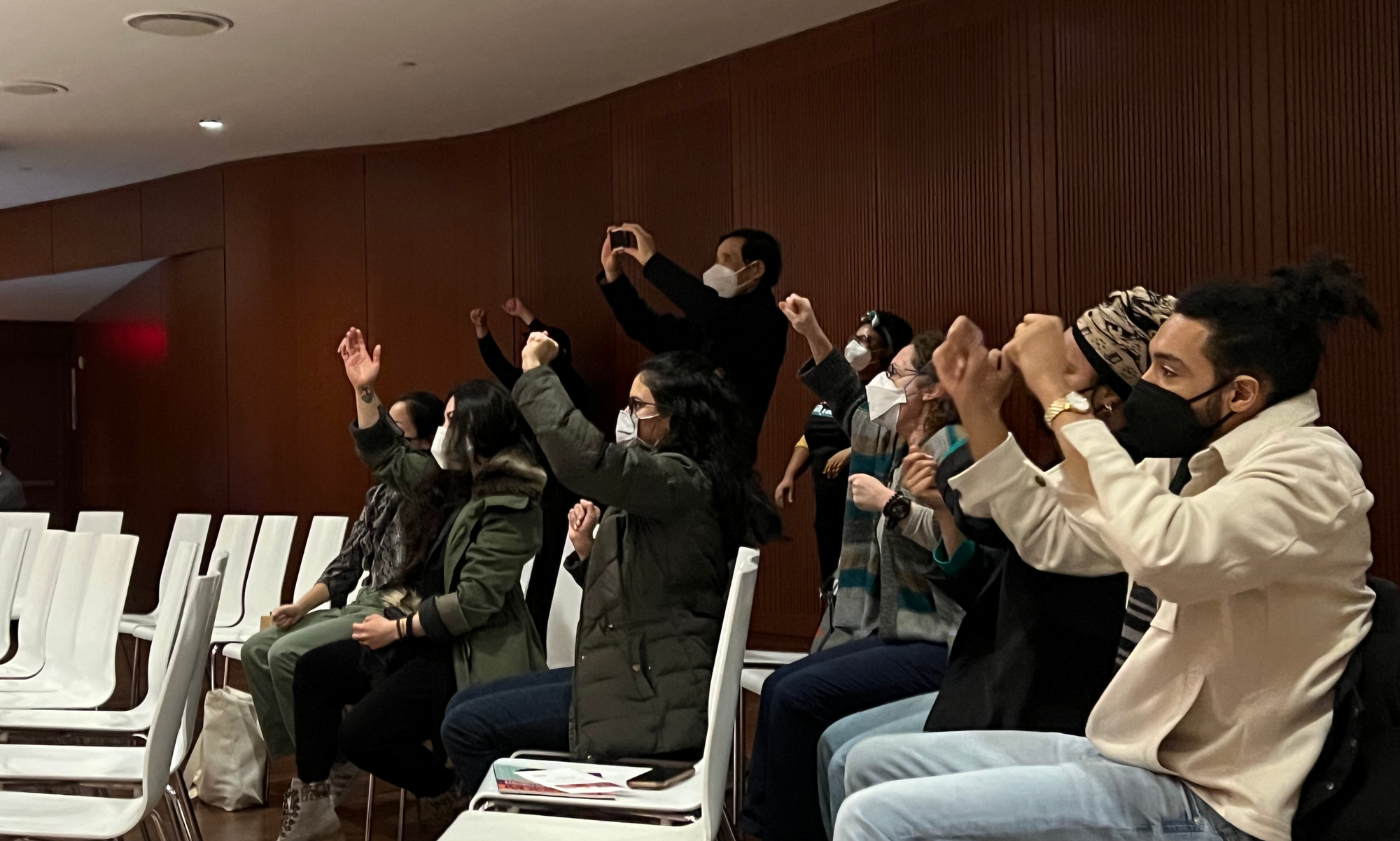
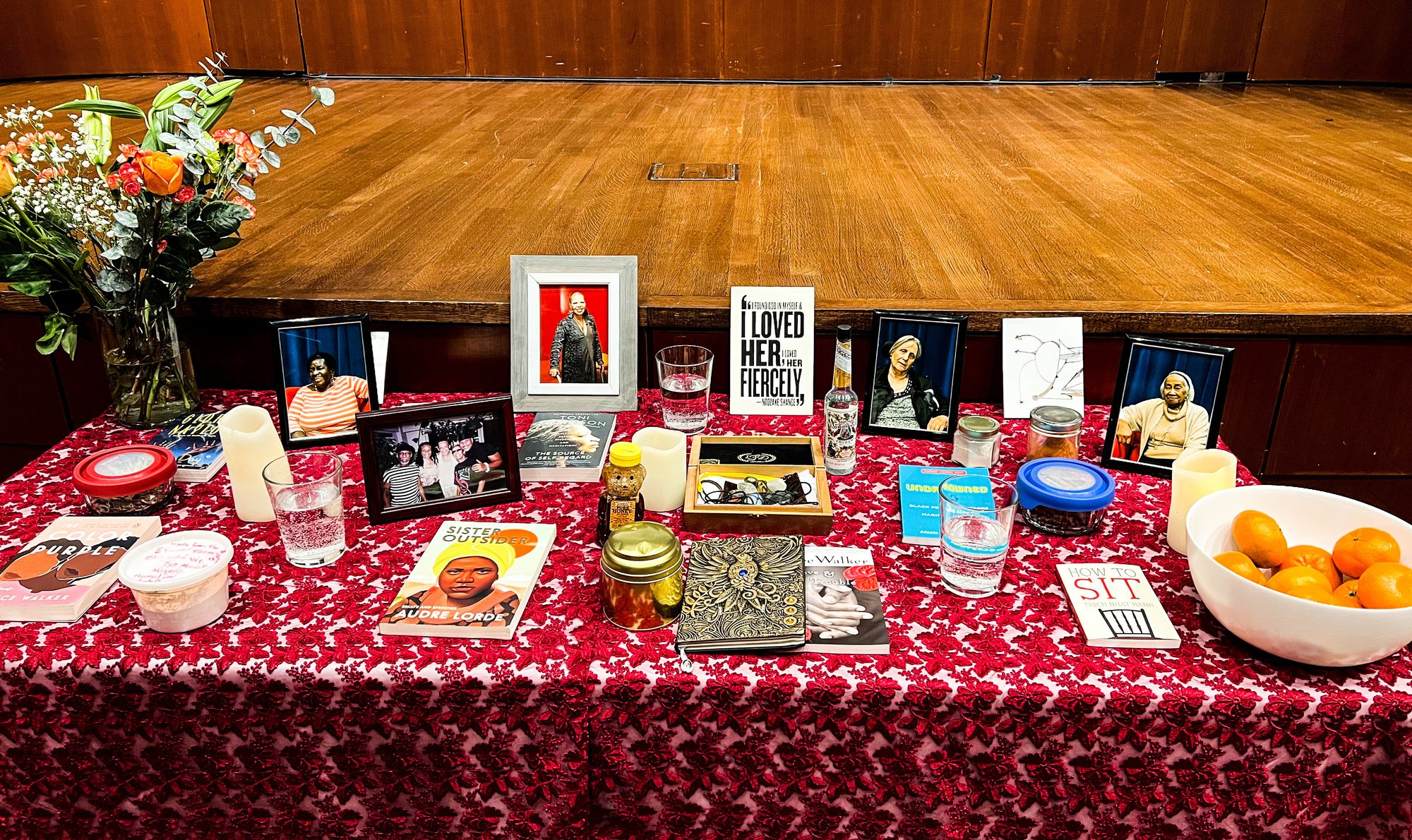
Story circles
Then, we moved on to the final activity, Story circles, before we end for the night and start the real conference tomorrow.
What is a story circle?
"Story Circles is a thoughtful process that involves a group of people sharing personal experiences in a circle often for purposes of mediation, restorative justice, and in the case of the UNESCO methodology, for developing intercultural competences. –UNESCO"
More resource: Oregon State University Story Circle Toolkit & UNESCO FAQ
Community Agreements
The story circle starts with a list of community agreements which start off with speak your own truth, listen for understanding, liberated space, honor time frames, move up, move up, honor your body, and honor your legacy.
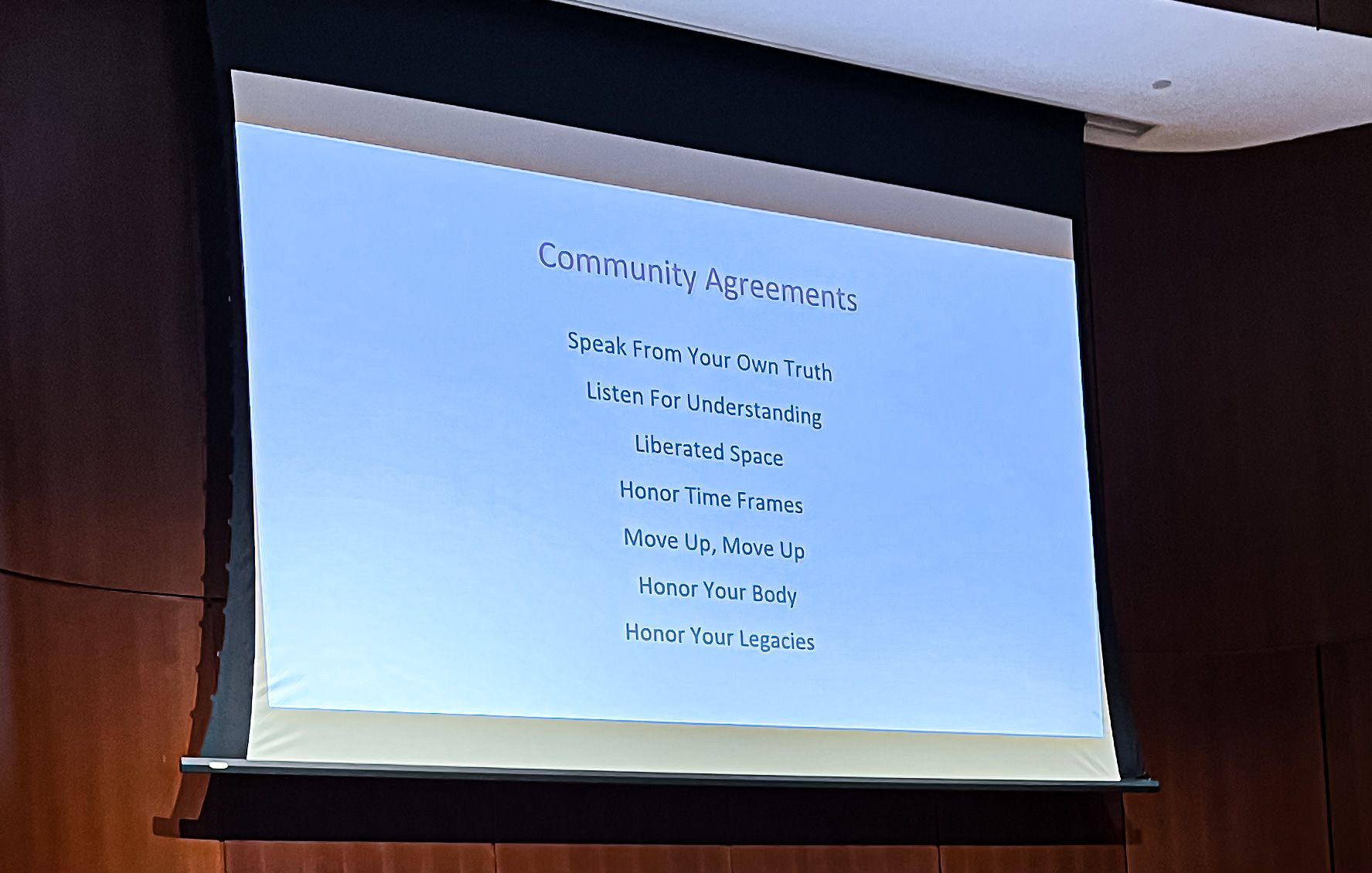
Since we were warmed up, it was only necessary to make sure everyone was comfortable with the ground rules and understand the group's expectations.
Speak your own truth seems straight forward assuming everyone is generally telling the truth, but seems to lend itself of protecting each person and empowering them to share their story. So speak up and speak out. (I did more research and found that there's more reason in how this helps.)
"By having confidence and clarity in your communication will help you maximize your contributions to your team, help you find your way out of conflicts, assertively and non-aggressively set boundaries with others, and create clear expectations for your team and the people around you."
- UCMerced
Listen for understanding was the most shocking one and by means the one I really should have used my whole life. The goal is to listen to others when they are telling their story. That means, don't think about what you have to say until you have to say what you want to say. The facilitators mentioned, "trust that you will know when it's your turn to share." This was powerful advice and I could not feel even more rest assured in just trusting my mind to share my story when the time comes. Normally, I'm super anxious and overlook what other people have to say because I'm so worried about what I will say. This was extremely empowering to absorbing all that others had to say and relieved my anxiety when it came to share my thoughts.
Liberated space is a space where you can freely speak and be met with love. I've added Martin Urbach's definition as it helped me understand this principle better.
"A liberated space is a space grounded in community and love. It is a space where we are free (libre) to be human along one another. And since to be human is to err, a Liberated Space is a space where a mistake, or a transgression will not cost us our freedom. That being said, in a Liberated Space, we will process whatever intentional and unintentional hurt/pain is caused by our words/actions and that is coused upon us. A Liberated Space is a space in which everyone works as a team to restore that which has been broken. We all play a part in doing so. In a Liberated Space, we all hold each other accountable for doing so. We protect each other.
- Martin Urbach"
Honor time frames– meant that we would used the allocated 1-2 mins as we each pleased whether it be filled with our voices or with our silence. Each person would be honored with the time given.
Move Up, Move Up - was powerful to me. This idea was to address two points: if you find yourself speaking more often, then move up and listen more. And if find yourself listening more than speaking, then move up and speak up. I resonated with the listening more often as it's always important to have all the information before sharing my voice, but this principle helped me realize that I do need speak up. This guideline pushes me to be more aware of how I'm showing up in these conversations and how I'm interacting with the community. This struck a chord in my soul. This made me feel seen.
Honor your body— listen to your body and do what you must to make sure your body is well nourished and taken care of. Whether it be using the restroom or even checking in with your breathing and your emotions. Take time to take care of your body and yourself.
Honor your legacy– think back to how we got here and what brought us here today. Let's honor our past and those who came before us to give us this chance to be in the room and get us to where we are. Let's honor those who gave us the land and the space to gather.
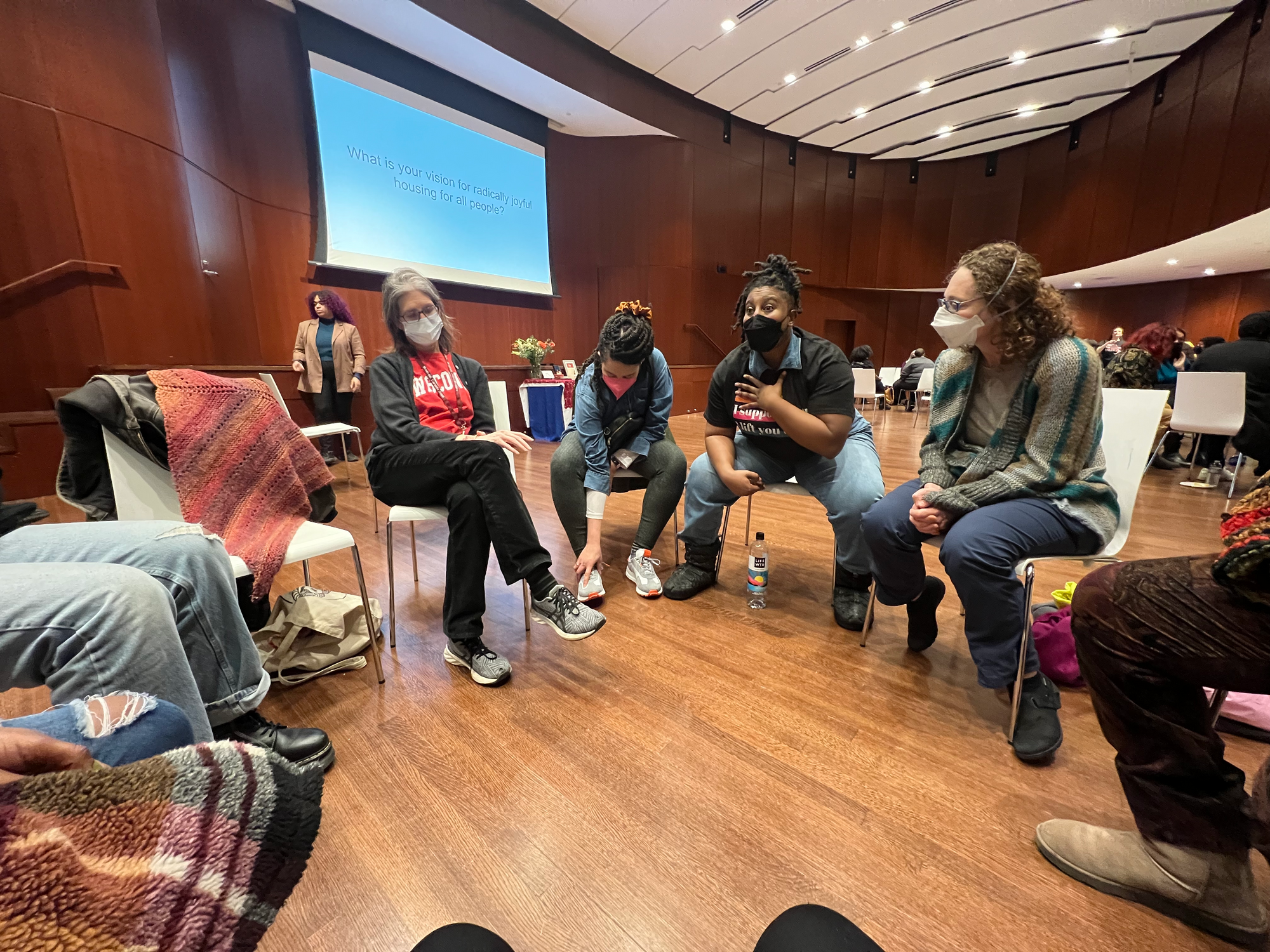
My story circle
The whole room split up into groups of 6-8 people as we're all prompted to share,
"What is your vision for radically joyful housing for all people?"
I had no idea how to answer this huge question, but I trusted the process that I would know when time came. As I listened to everyone's responses, I processed what everyone was saying:
One woman said, "No rent, abolish rent."
Another shared, "Gardening"
Someone else said, "Traveling,... space to connect with others"
The woman next to me says, "Sun is what would make me happy, since some face walls in NYC."
Our facilitator shared, "Honor my humanity. (Since her humanity was questioned due to her low income even with her qualified pedigree, leaving her feeling unwanted, unloved, and dehumanized.)"
My Vision
I could only share what I've known all these years and my hypothesis that has formed from my limited research. I leaned on the Sustainable City, a housing development city in Dubai, which left a deep impression on my younger self. This city is the answer to offset emissions and practice sustainability across the community from sustainable waste disposal, transportation, to utility usage. However, as I did more research now, I found out this city cost $354 million to develop. More on logistics.
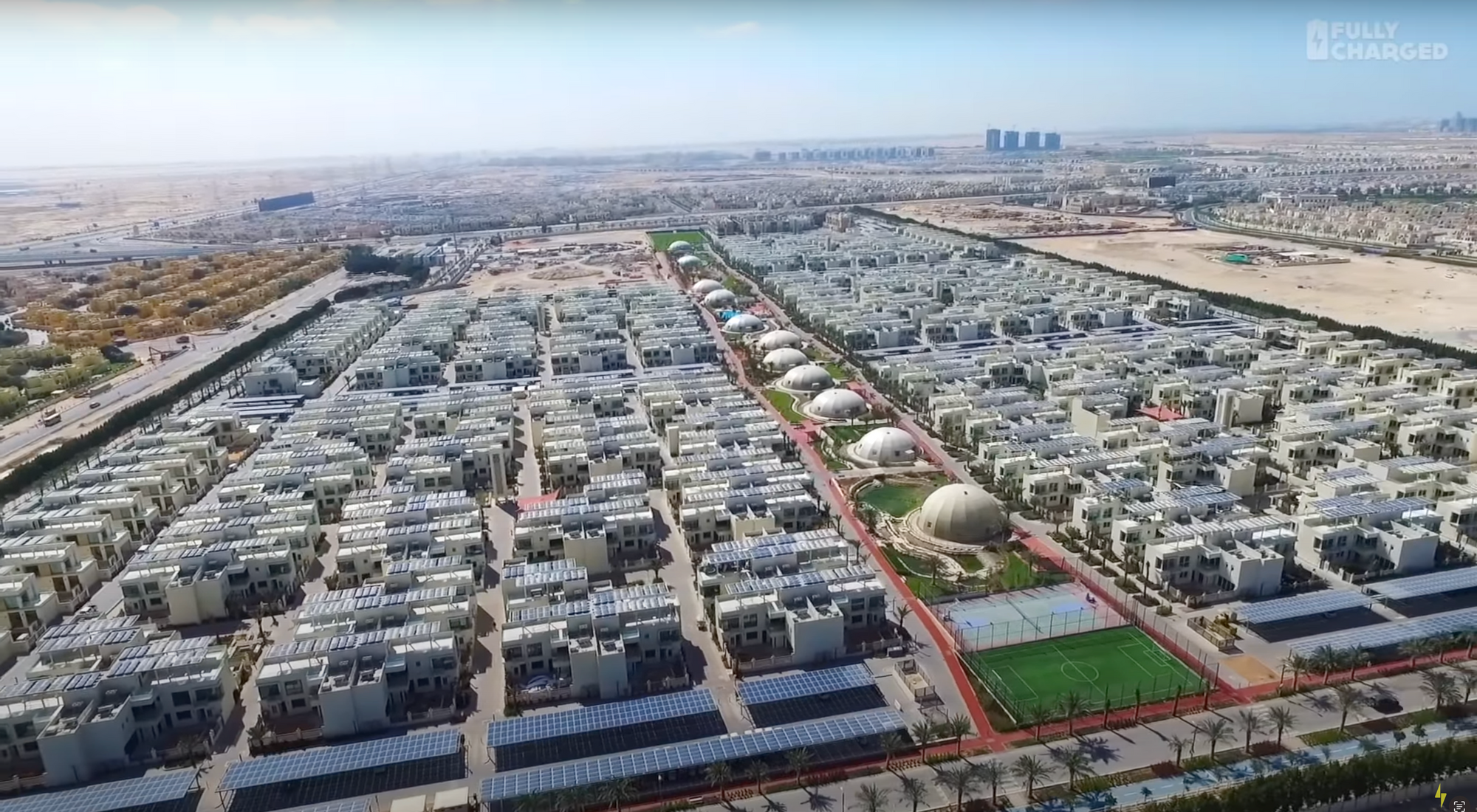
When sharing in the story circle, I envisioned a community that would have everything they need given they take part in the society and all would be provided (which is not the Sustainable City model). I realized my memory has skewed from the Sustainable City, which is more focused on reducing emissions and sustainable practices, to more of a utopian city that supports its community members and is self-sufficient. I even further explained that my vision would ideally be for each person to have a bed, a shared gym, community spaces, urban farming, easy-to-access, and everyone gives back to the community.
As I dug into the research for when I was writing up this post to find the city that best matched my memory (since I couldn't quite remember just yet) , I landed on Auroville. I initially tried to jog my memory, was this the city I had seen?... Was it Auroville that had inspired me of all good hope for community freedom? I blanked and thought it was 'no money'. This city at first felt like it had the spark with the dome imagery, but as I dug further, Auroville did not have the refinement of the vague pristine architecture and immaculate infrastructure I had once seen. Or so I thought... (Check out my post on Auroville vs Sustainable City - coming soon!)
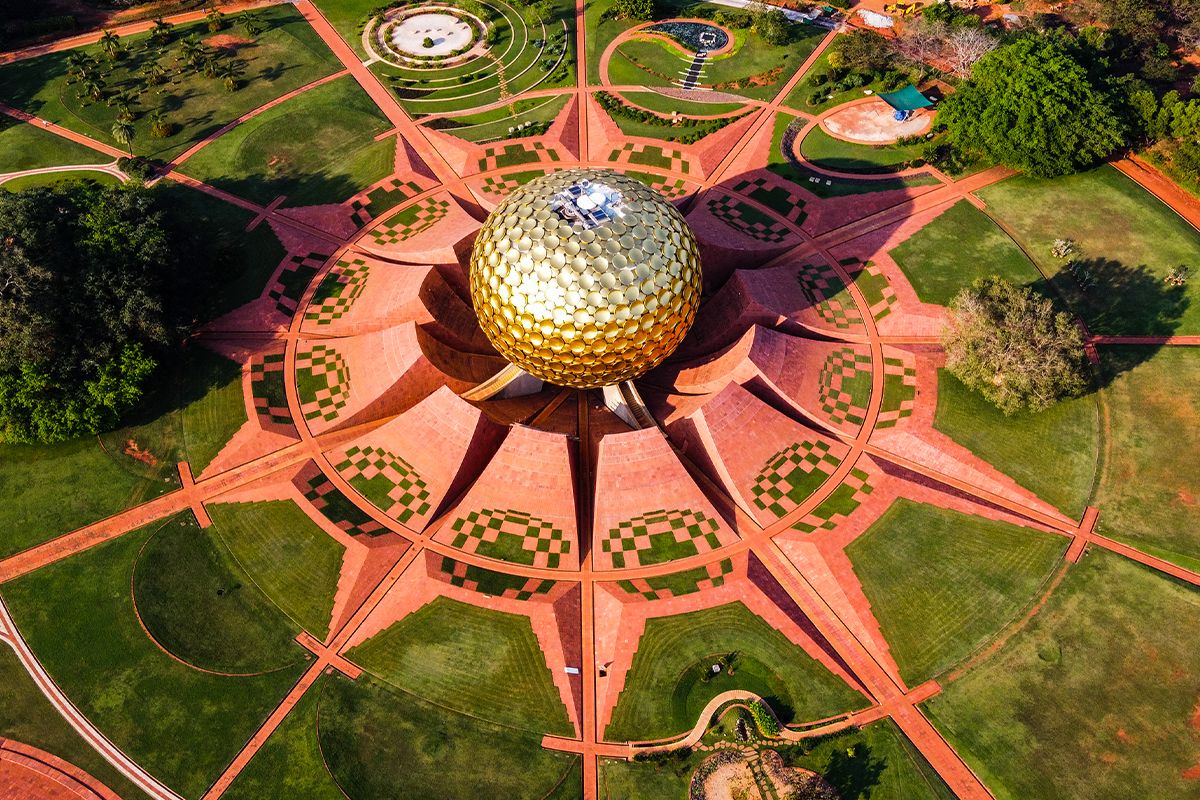
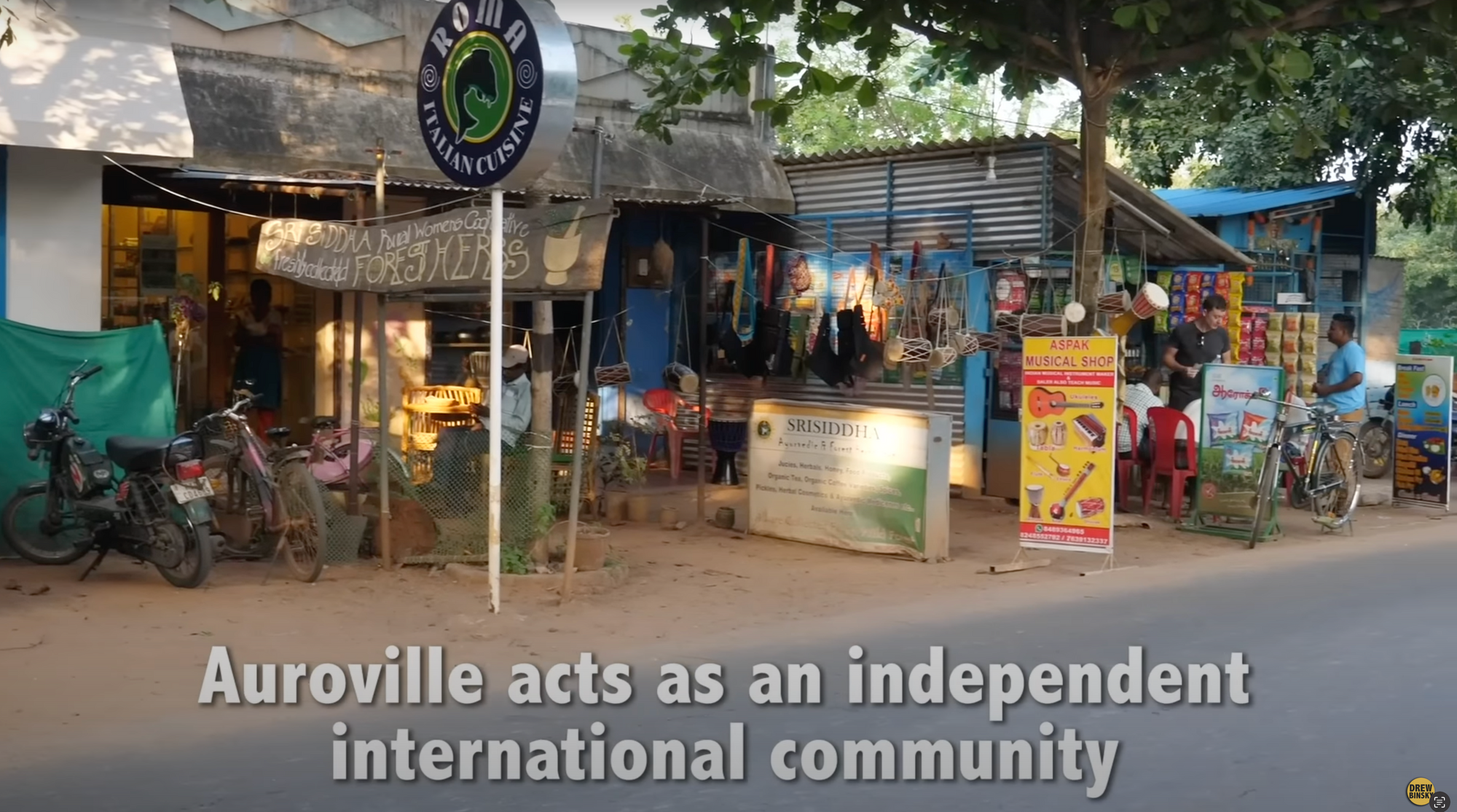
This left me thinking that I really had to do my homework and envision more to come up with an even better future than what we have today. Overall, I was pumped for the conferences day 2, but skeptical in how we would address real problems or design the future together (the goal seemed so vast). If I took anything away, at the core, the housing futures or housing justices all stem from the community approach, digging deep and listening to the community voices and stories to heal first and build for better.
To see how day 2 went, check out my day 2 (coming soon!) post.